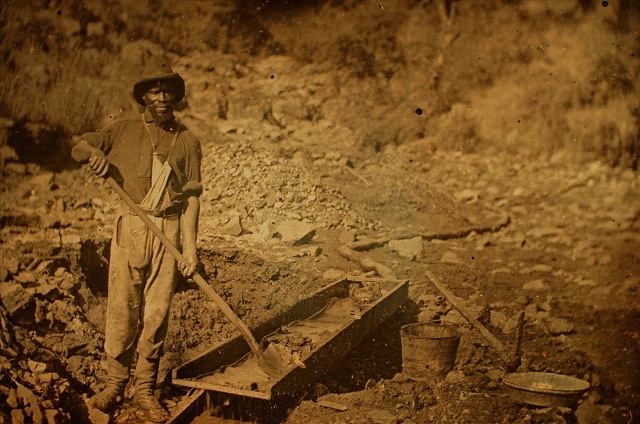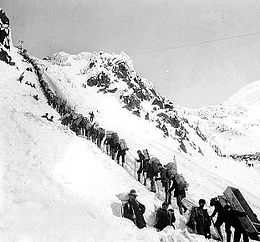Have you ever heard about the gold rush ? Ever wondered what it is? A gold rush was a time when thousands of people migrated to places that reported of gold deposits. Wow! Most of the major gold rushes took place in 19th and early 20th centuries.
Gold rushes were always filled with excitement as a lot of people thought that they can instantly become wealthy. Did all the miners strike gold? No, not all but only a rare few. However, the gold rush did help in human settlement and in turn trade and transportation in those far way areas. Most of settling in Australia and North America took place because of gold rush.
The last greatest gold rush in the history took place between 1896-1898, known as the Klondike Gold Rush in Canada’s Yukon Territory. It was sparked by that fact that a man named George Carmack, while salmon fishing near the Klondike River in Canada’s Yukon Territory on 16th August in 1896, discovered nuggets of gold in a creek bed. Over the next two years, as many as 50,000 would-be miners arrived in the region. Carmack did became rich off his discovery, leaving the Yukon with $1 million worth of gold. A 21 year old Jack London, an unsuccessful gold miner, wrote short stories based on his Klondike experience which was published as The Son of the Wolf (1900).
Imagine those times with so much thrill and excitement. What if we told you that you could also do it. Arctic ice is melting faster than ever. In a few years, when the arctic is not frozen any more, it might be ready for another ‘gold rush’. This time around it might be in form of its fish stocks, oil, minerals and sea routes.
Are your backpacks ready yet?







Leave a Reply